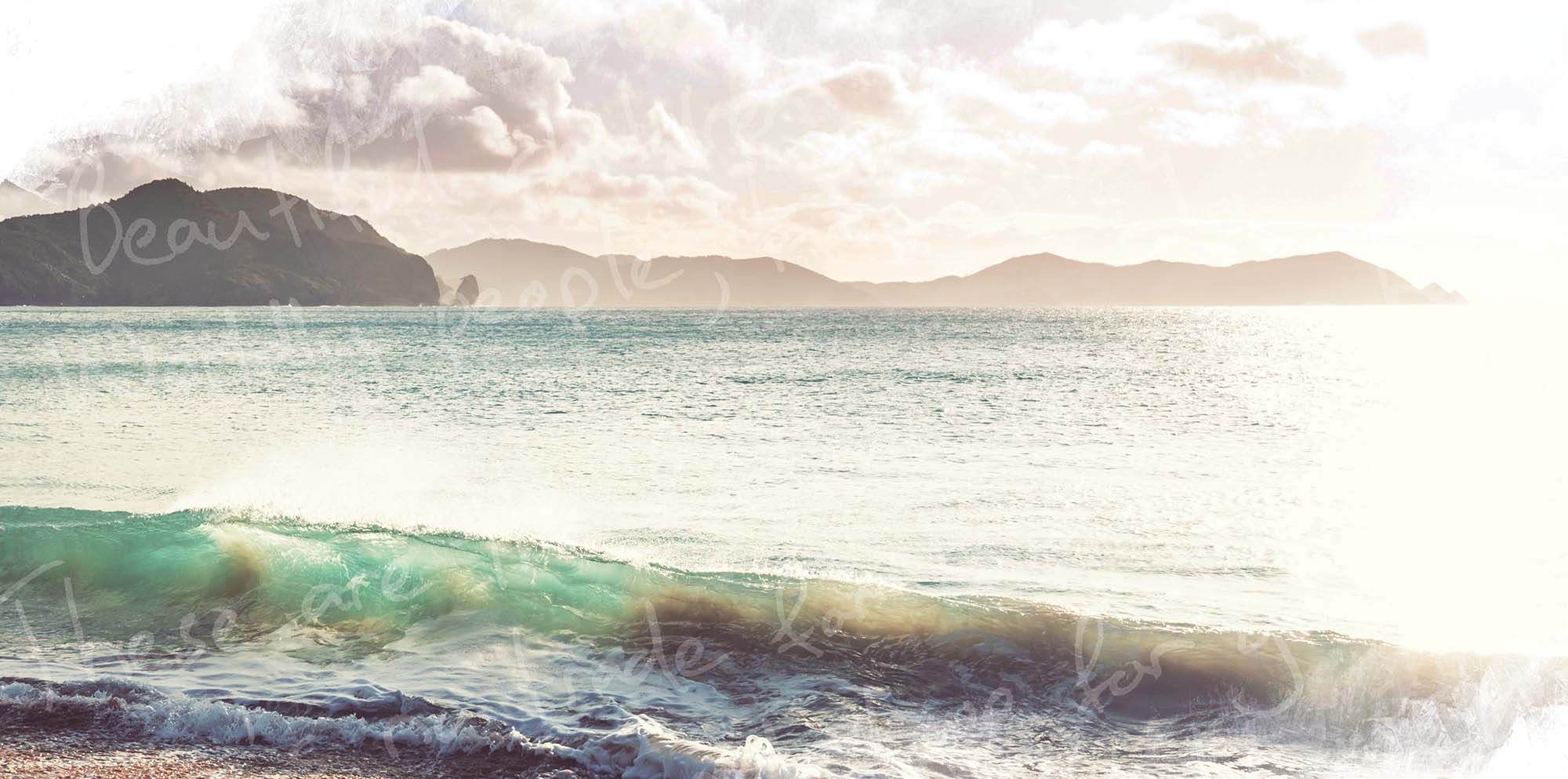2.2.8 Interaction with the criminal justice system Te whai wāhitanga ki te pūnaha kōti
526. Many survivors of State care, including some Lake Alice survivors, ended up in the youth and criminal justice systems – what is sometimes referred to as the ‘care-to-custody pipeline’.[1146] The causes are often related to substance abuse, lack of supports and financial security, and unresolved anger and aggression.[1147] We heard of several survivors who, soon after their release, committed crimes, usually theft, to survive. One survivor said he struggled to live with the memories of what happened in Lake Alice, started to misbehave at school, which he saw as the start of turning to gangs for security.[1148] He said, “I turned to gangs and crime. This was the easiest way to make money because I couldn’t hold down a nine-to-five job due to the emotional trauma I was constantly battling”.[1149]
527. As we noted in our care to custody research report, there are clear links – for Māori and non-Māori – between experiences in State care and later imprisonment.[1150] The research found that one in five and, sometimes, as many as one in three children and young people who had been in State residential care went on to serve a criminal custodial sentence later in life. The proportion of Māori who had been in State residential care and subsequently received a custodial sentence was much higher than for non-Māori.[1151] This is a much higher rate than that of people who had not been in State care.[1152]
528. Some survivors went on to spend a large portion of their lives in prison – some for serious offending and others for a succession of minor offences. Some recognised they had become institutionalised and felt more comfortable inside prison than outside. As Mr Rangi Wickliffe told us:
“I was diagnosed with terminal cancer while I was in prison, and that was one of the reasons they let me out in October 2017. That was actually hard for me because that was the only life I have known. It was my home. The Department of Corrections just cut the cord. That felt like more of the abandonment that I had previously suffered from my mother and my family … I wanted to go back to jail; that’s how hard it was for me … I cannot cope in everyday society because of the extreme pain, fear, and suffering I endured at Lake Alice … I cannot handle it on the outside. It is why I think I have spent so long in prison – because I can handle it on the inside, because it is where I can hide from what has happened to me. In jail, I am fine; on the outside, I do not cope.”[1153]

